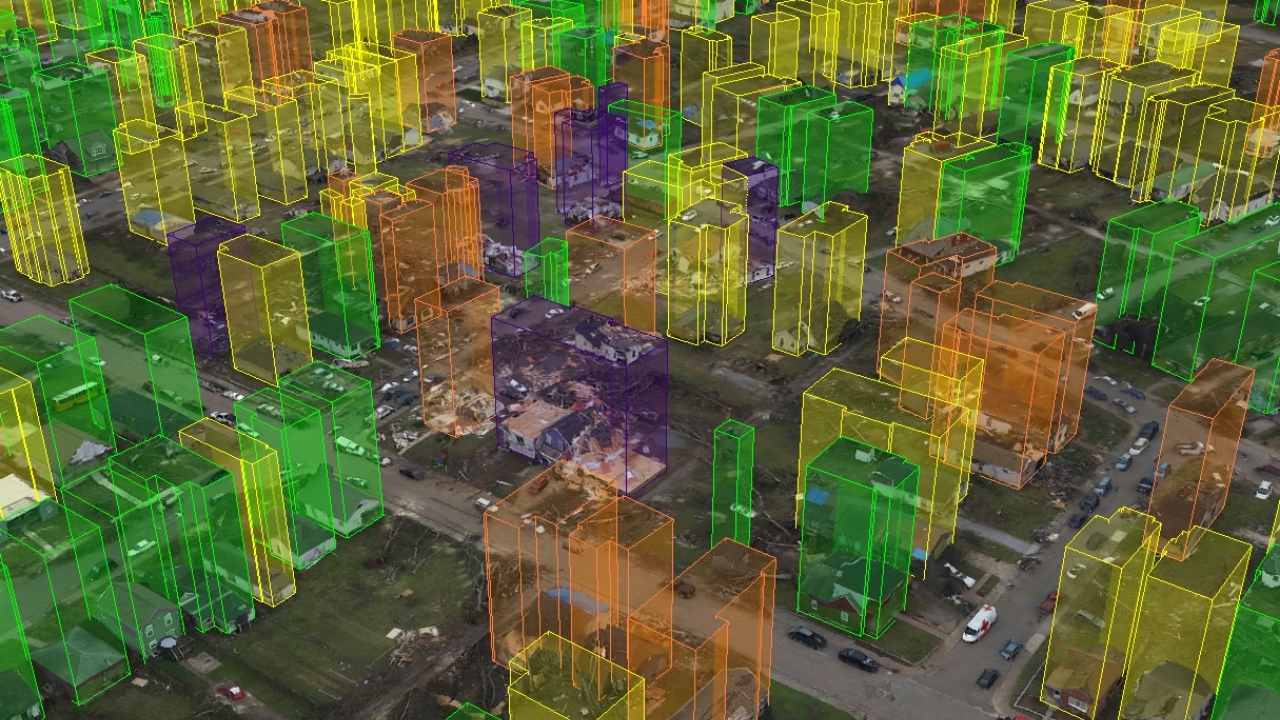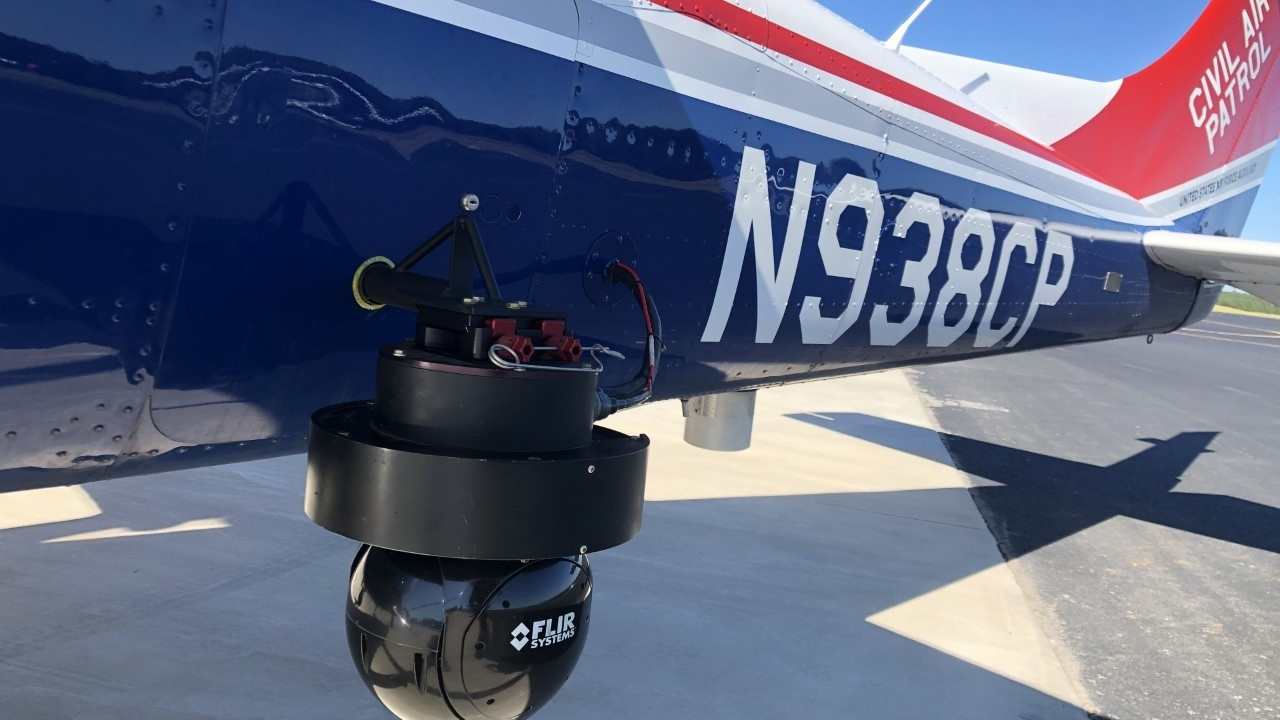Imagine having the capability of calling on an organization that operates the nation’s largest fleet of single-engine aircraft and public service drones. Now envision thousands of highly trained aircrew members, ground search personnel, and a nationwide communications network. Consider how airborne assets generating images in near real-time of floods and fires and after other disasters like tornados, hurricanes, and earthquakes can support and enhance your efforts. Now realize that this is precisely what Civil Air Patrol, the 2020 International Association of Emergency Managers Voluntary Organization of the Year, can do in partnership with you.
Civil Air Patrol is the congressionally chartered auxiliary of the U.S. Air Force, ready to assist with a diverse suite of emergency services and humanitarian support. Unlike any other organization, CAP’s value proposition emerges from the confluence of unique air and ground capabilities and manpower to support the efforts of local, state, and federal agencies.
Civil Air Patrol aircrews are highly trained to fly precise missions capable of producing thousands of high-resolution images quickly. Further, some aircraft are equipped with special mission capabilities like FLIR (forward-looking infrared) pods that can see through clouds and smoke. Others are equipped with the MX-15 sensor ball that captures diverse aerial imagery also used by the military in Reaper and Predator drones. Plus 3D scanning capabilities provide the artificial intelligence that helps agencies expedite post-disaster damage assessments to more efficiently estimate and marshal resources
Like any true partnership, joining forces and combining the competencies, expertise, and technology of two organizations makes both stronger. Civil Air Patrol offers access to a trained volunteer workforce and airborne resources. However, to be the most effective, CAP missions require local access to computers, high-speed internet access, mission planning, and briefing space, telephones, utilities, and a host of other support items on or near the mission area. Normally this infrastructure is provided by the CAP home base. But on remote missions, the added time to return to base to download data, and upload images increases the time that an incident commander must wait for results—saving time is critical when lives are at stake.
“One of our dilemmas is finding high-speed internet access during disasters,” said Ron Olienyk, CAP’s deputy director of operations. “We need to be able to upload the high-value imagery we provide to FEMA, and fire departments tend to have the internet access and backup power we need to move the data.”
Instead of flying back to base to upload images, landing at a designated airport and using a computer and internet at a fire station would save hours and greatly speed up planning. Thus, the ability for CAP to partner with local agencies to access infrastructure saves time, multiplies resources, and conserves resources.
“Look for an initiative between Civil Air Patrol and the IAFC,” Olienyk continued. “We need to identify locations that can be used as mission support upload sites. This partnership will be beneficial for both the IAFC and CAP.”
To learn more about CAP, visit gocivilairpatrol.com.
Main photo: Uploading Data. High-speed internet access is vital for Civil Air Patrol members to upload needed aerial graphics and related information to government entities like FEMA and other disaster responders

3D Graphic. CAP aerial images like this one of Hurricane Laura-inflicted damage in a Louisiana neighborhood in September 2020, expedite damage assessment.

FLIR Pod. CAP aircraft with FLIR (Forward-Looking Infrared Technology) equipment can provide images through clouds and smoke.
About Civil Air Patrol
Now celebrating its 80th year, Civil Air Patrol is the official auxiliary of the U.S. Air Force and as such is a member of its Total Force. In its auxiliary role, CAP operates a fleet of 560 single-engine Cessna aircraft and more than 2,000 small Unmanned Aircraft Systems (sUAS) and performs about 90% of all search and rescue operations within the contiguous United States as tasked by the Air Force Rescue Coordination Center. Often using innovative cellphone forensics and radar analysis software, CAP was credited by the AFRCC with saving 130 lives during the past fiscal year. CAP’s 54,000 members also perform homeland security, disaster relief and drug interdiction missions at the request of federal, state and local agencies. As a nonprofit organization, CAP plays a leading role in aerospace education using national academic standards-based STEM (science, technology, engineering and math) education. Members also serve as mentors to 20,000 young people participating in CAP’s Cadet Programs.
Visit www.CAP.News or www.GoCivilAirPatrol.com for more information.